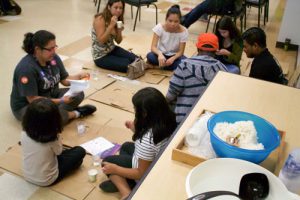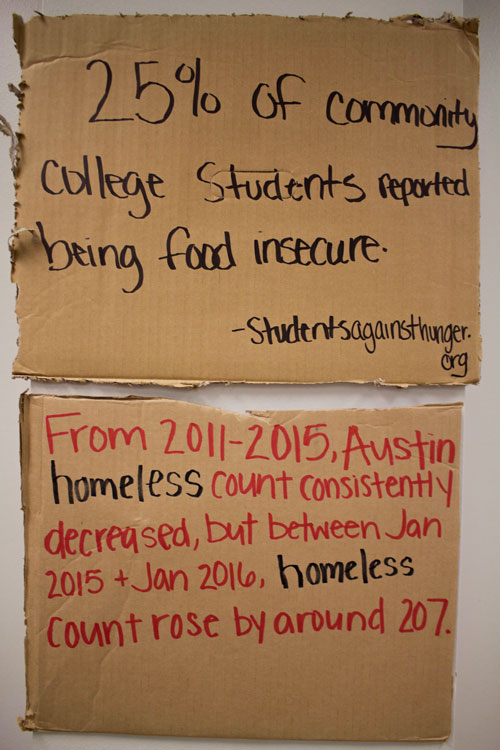Written and Filmed by Nathaniel Torres[vc_row][vc_column][vc_column_text]
These days access to our favorite shows is easier than ever. With a few clicks or taps you can open your preferred streaming service to binge your favorite shows. Some may remember the days of on demand shows, back when DVR was spelled VCR. In order to find out what your favorite tv show characters were doing, viewers had to wake up for saturday morning cartoons.
Now, you might have an animated character dancing around your head, bringing back some childhood joy. Our favorite childhood characters were there to make us smile, but have you ever considered the hands that drew them?
This past Spring, ACC GDAMG & 2Design hosted a workshop on character design with guest animator, Stephen Silver, at the Northridge campus. Five minutes after the printed start time of his lecture he stated that anyone who was not there at that point was already not taking themselves seriously enough. He, then, pointed up at the collage of pictures that had been projected on the screen and reveals that it, in fact, was a test. Did anyone pick up their pencils and start drawing? Did anyone find inspiration from the peculiar human faces that were a part of the collage? Was the opportunity to fill in the blank areas of the sketchpad taken? One may not expect an animation creator to be so adamant, but as Silver continues he cuts through the mounted apprehension with direction. “If this is going to be your life’s work then you should always be refining your craft.”
Silver has contributed to series such as Histeria!, Kim Possible, Danny Phantom, The Penguins of Madagascar, and more recently the revamped version of Scooby-Doo “Be Cool Scooby-Doo.” Despite that many of these works are targeted towards children, animation itself is growing and becoming a much more regular part of adult lives.
In 2017 TV By the Numbers reported that more cable viewers, ages 18-49, were tuning in to Adult Swim programming than most late-night shows. According to a report by the Entertainment Software Association the average gamer is 34-years-old with 72 percent of the market made up of gamers that are 18 and older. The video game industry shows no signs of slowing. With the developments in VR and AR games it’s predicted there will be steady growth in the industry through 2020.
As it goes, the workforce is seeing an ever-increasing amount of technology involved with their work and the animation sector is no stranger to this. “Honestly, I can’t believe how much has changed in such a short time,” says animator Cindy Crowell.
Crowell has been animating since 1992. She started at StarToons, an animation studio open from 1988-2001, working on Warner Bros. produced series such as Tazmania, Tiny Toons and the Animaniacs. “It was pretty amazing, this was back in the glory days of pencil and paper. I’d get a stack of key animation drawings from the lead animators and sit there on the light table and flip the pages, do all the in-betweens and clean up. I absolutely loved it, I miss those days.”
Technology has changed the business since then. Computer animation has been a part of cinematography for over 40 years. Since the premiere of Toy
Story (1995), the industry began receiving major investments and returns on Computer Generated Imagery (CGI) movies. Animation light tables, discs and paper have all been shelved in place of computers loaded with programs that allow the artists to explore their work on a screen.
As technology booms and the free market flexes, artists are finding themselves needing to be familiar with multiple software programs for various projects. Adaptability seems to be a fundamental requirement of artists right from the get go. Silver says, “The most important thing is versatility. You want to show a range. You can’t just have apples and oranges and pears in your portfolio because all of a sudden they go, ‘Oh, he can do that but he can’t draw strawberries.’ You really want to make sure to show that range because the more versatile you are, the more opportunities you’ll get.”
This point could not be stressed enough by both Silver and Crowell. Turns out, there are dozens upon dozens of ambitious students, eager to only show off their anime illustrations. “Everyone can draw anime these days,” says Crowell. “The call is really for people who can do it all.” ce.
Finding a steady job in the animation business isn’t easy. The Animation Guild in California offers benefits, only to those working at a union member studio. Union members must accrue 600 hours (approx. 3 months) to qualify for a period of six-month benefits – if they continue to work at least 400 hours in one of those studios. Their benefits continue to cover them even if they are laid off. The artist can also bank their hours in case of a prolonged period without work follows. This goes to show that in the state employing the densest number of animators, one of the largest unions takes into account that getting hired at a studio does not mean you get to stay there.
“A lot of times [a project] will start out with just a few people,” Crowell says. “Then, they hire on a bunch of people determined, flexible and familiar with rejection. “It’s so important to attend local conventions,” Silver says. “It’s like an artist’s market. It’s the effort. It’s knocking on one door after another. There’s going to be a lot rejection and you have to be prepared for it.”
Crowell has been at Powerhouse Animations for 17 years. She acknowledges it’s unusual for a studio to be around this long, but also knows there the mindset to have in order to work at a continuing business. “One thing that I really wished they would have taught me more of when I was in animation and in art school is that when you are a commercial artist you really have to have the ability to follow directions from your supervisors and make changes that they want or that the client has requested even if they seem dumb or pointless. You have to not take it personally.”
Animation is more than creating art. There is rejection, deadlines and the tedious details that are required to create the work seen on screen for a limited amount of time.
For those who are willing to endure such real job requirements and are lucky enough to land desk space in a studio know that there are perks of the job. Studios, like Powerhouse Animations have activities for their employees like arcade games, a big screen TV, couches, countless artwork on the walls and life size cutouts of video game characters. And there’s the seemingly obvious reward of seeing your artwork come to life in front of hundreds, thousands, potentially, millions of viewers.
Spongebob Squarepants singing “Sweet Victory” has millions of views on YouTube despite copyright. Peter Griffin fighting the Ernie the Giant Chicken has gone on to create posters, mugs, and action figures. There are countless cars with the Hyrule Crest stickered on their back windshields and bumpers.
It is all about knowing what you want to do in the industry whether it be background design, character design, storyboarding and being honest with yourself, according to Silver. Do you have the skill to do it and making sure you are getting opinions from more than just your family. “You have to not let things offend you or upset you and that’s the bottom line. You can’t be too sensitive.”
Silver also suggests that individuals be as plugged in as possible in order to benefit from networking. Follow your favorite artists on social media to see where they will be exhibiting their work or offering critiques and check in to AWN.com (Animation World Network) for information and job listings. Make sure to take initiative and reach out to your local studios to find out what programs they are using but do not get hung up on them. Both Silver and Crowell both say the programs do not fully rid the need of skill with paper and pencil.
[/vc_column_text][/vc_column][/vc_row][vc_row][vc_column][vc_video link=”https://youtu.be/0g6EQAAvyR8″][/vc_column][/vc_row]


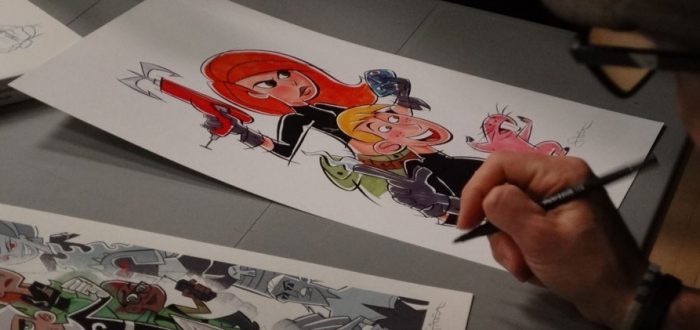
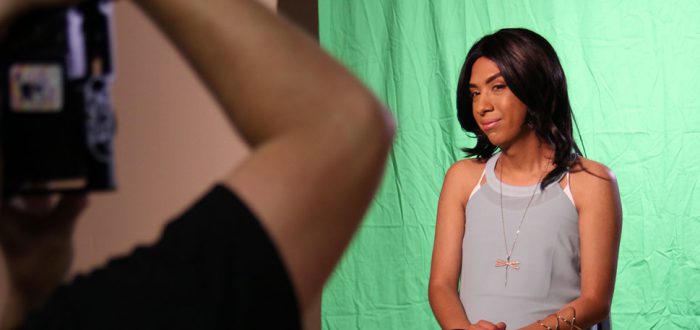


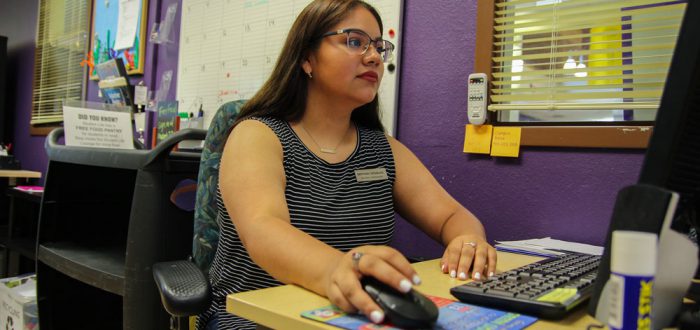
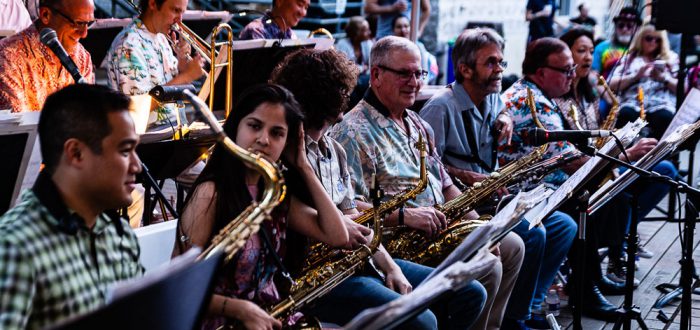
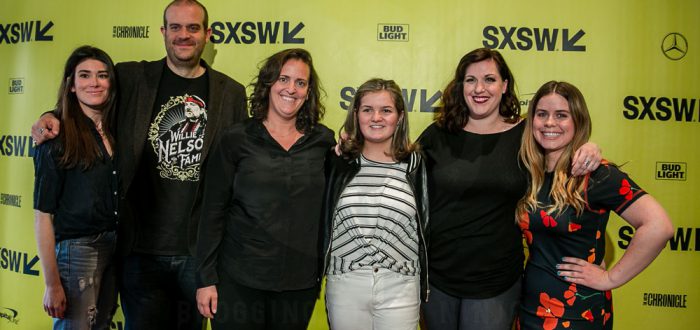


 The theme of the protest was to speak out against hate of any sort. Speakers ranged from various areas in the Austin community from Reverent John MacIver Gage to Mayor Steve Adler.
The theme of the protest was to speak out against hate of any sort. Speakers ranged from various areas in the Austin community from Reverent John MacIver Gage to Mayor Steve Adler.
